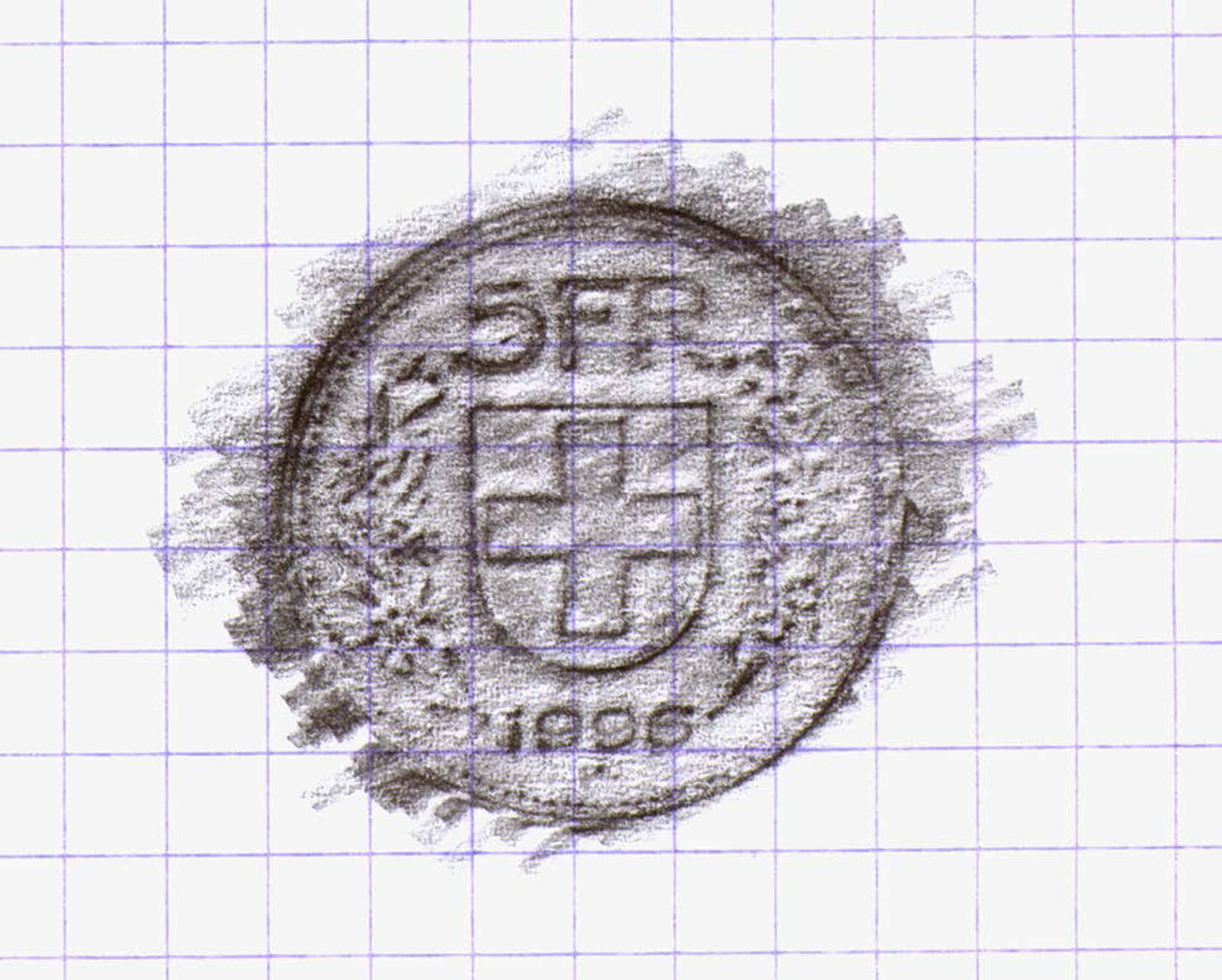“TransPen & MimeoPad: A Playful Interface for Transferring a Graphic Image to Paper by Digital Rubbing” by Lee, Pak, Kim, Kim and Lee
Conference:
- SIGGRAPH 2007
-
More from SIGGRAPH 2007:


Type(s):
Entry Number: 25
Title:
- TransPen & MimeoPad: A Playful Interface for Transferring a Graphic Image to Paper by Digital Rubbing
Presenter(s):
Description:
1. Introduction
Frottage and rubbing are drawing techniques that allow interesting visual expression through simple rubbing actions revealing a texture or a pattern hidden in the background. Specifically, frottage is a drawing technique where one puts a textured surface, such as wooden planks, metal sheets, wire nets, and hemp cloth, under a sheet of paper and rubs over it with a charcoal or a colored pencil to make appear various strange images [Simpson 1989]. Frottage has been loved by many artists since it enables them to add incidental textured effects to an intentional drawing (Fig. 1(a)). With rubbing, on the other hand, one transfers a carved image by putting a sheet of paper on an object with a carved pattern and rubbing on it with a pencil, a charcoal, or a colored pencil. Putting a piece of paper over a coin and then rubbing over it with a pencil to copy the image of the coin can be regarded as a type of rubbing (Fig. 1(b)). This activity is done for visual amusement itself or for a primitive means of copying graphic information.
Frottage and rubbing both are a method of visual expression that uses a simple rubbing action to copy a texture from a surface. While these methods are distinguished, depending whether the texture on the surface is a textual pattern or a certain form, transcription of a pattern and a form both provides an interesting method for drawing. One can make partial drawings by copying a pattern or a form, and then make up a finished work by arranging the partial drawings into a composition. The playful attribute of these drawing methods is due to the simple action of rubbing, which allows complex images and patterns to appear. Moreover, different hand gestures can express different feelings.
What enables frottage and rubbing is a physical pattern on a physical surface; people copy graphic information carved in a physical surface by rubbing on it with tools like a pencil. Our question then is “Are frottage and rubbing only possible with physical engravings?” “Can we copy an image on a PC screen by placing a sheet of paper on it and rubbing over it with a pencil?” This question led us to propose digital rubbing, a new drawing method of copying a digital image straight onto a sheet of paper in the same way as in frottage and rubbing.
Other Information:
References
GUTWIN, C., DYCK, J., and BURKITT, J. 2003. Using cursor prediction to smooth telepointer jitter. In Proceedings of the 2003 international ACM SIGGROUP Conference on Supporting Group Work (Sanibel Island, Florida, USA, November 09 – 12, 2003). GROUP ’03. ACM Press, New York, NY, 294-301.
HO. 1998. A digital frottage. In ACM SIGGRAPH 98 Electronic Art and Animation Catalog (Orlando, Florida, United States, July 19 – 24, 1998). SIGGRAPH ’98. ACM Press, New York, NY, 27.
LEE, J.C., DIETZ, P.H., LEIGH, D., YERAZUNIS, W.S.,
HUDSON, S.E. 2004. Haptic Pen: A Tactile Feedback Stylus for Touch Screens, ACM Symposium on User Interface Software and Technology (UIST), 291-294.
NEUSTETTER, M. 2005. Physically Digital, Digitally Physical, LEONARDO, Vol.38, No.3, 181
PRINTDREAMS, PrintBrush™, Retrieved on January 12, 2007 from http://www.printdreams.com/print brush/
SIMPSON, I. 1989. The Encyclopedia of Drawing Techniques, Headline.
RANDOM INTERNATIONAL, PixelRoller, Retrieved on April 4, 2007 from http://random-international.squarespace.com/pixel roller-overview/
Additional Images:


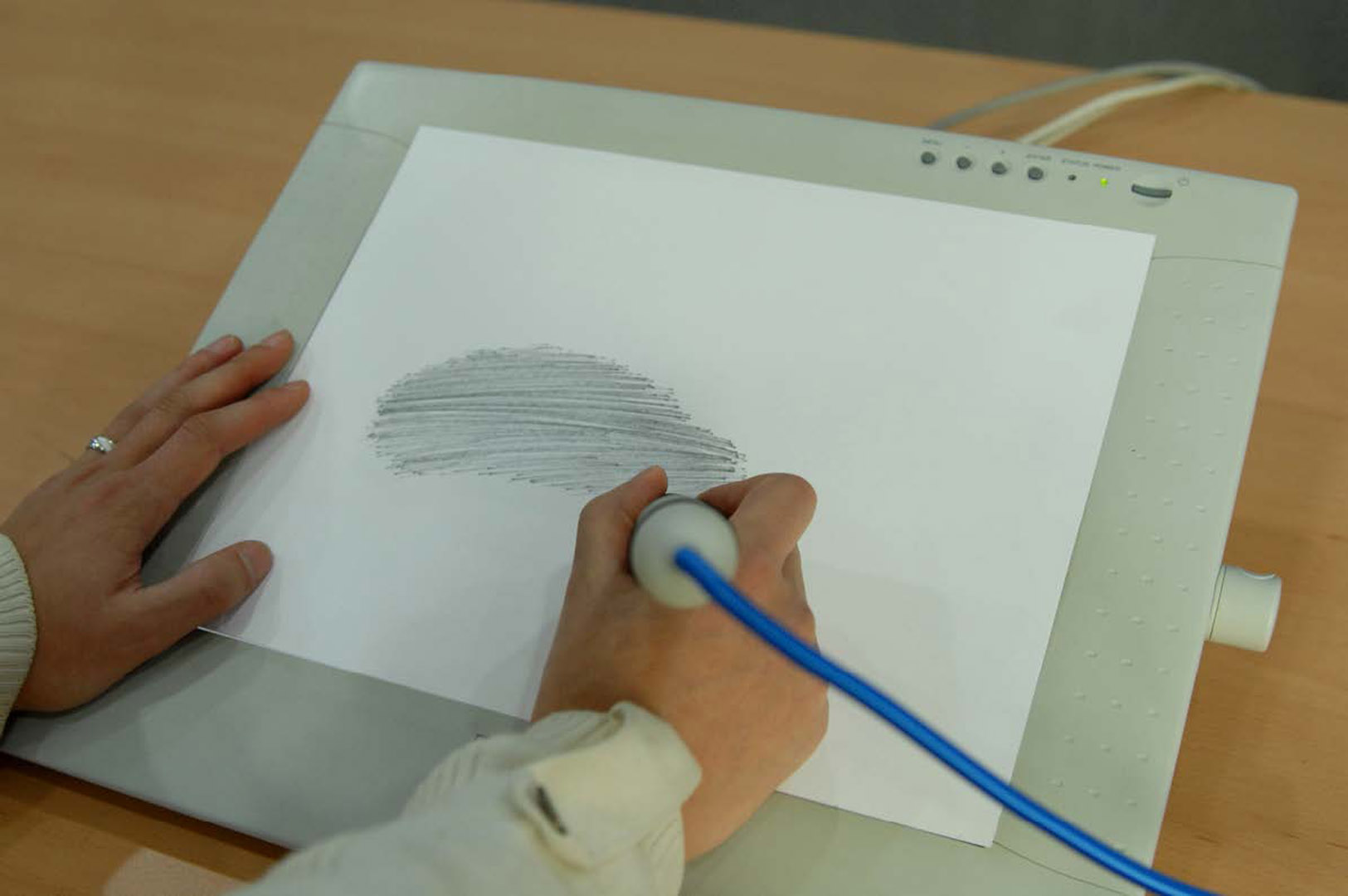
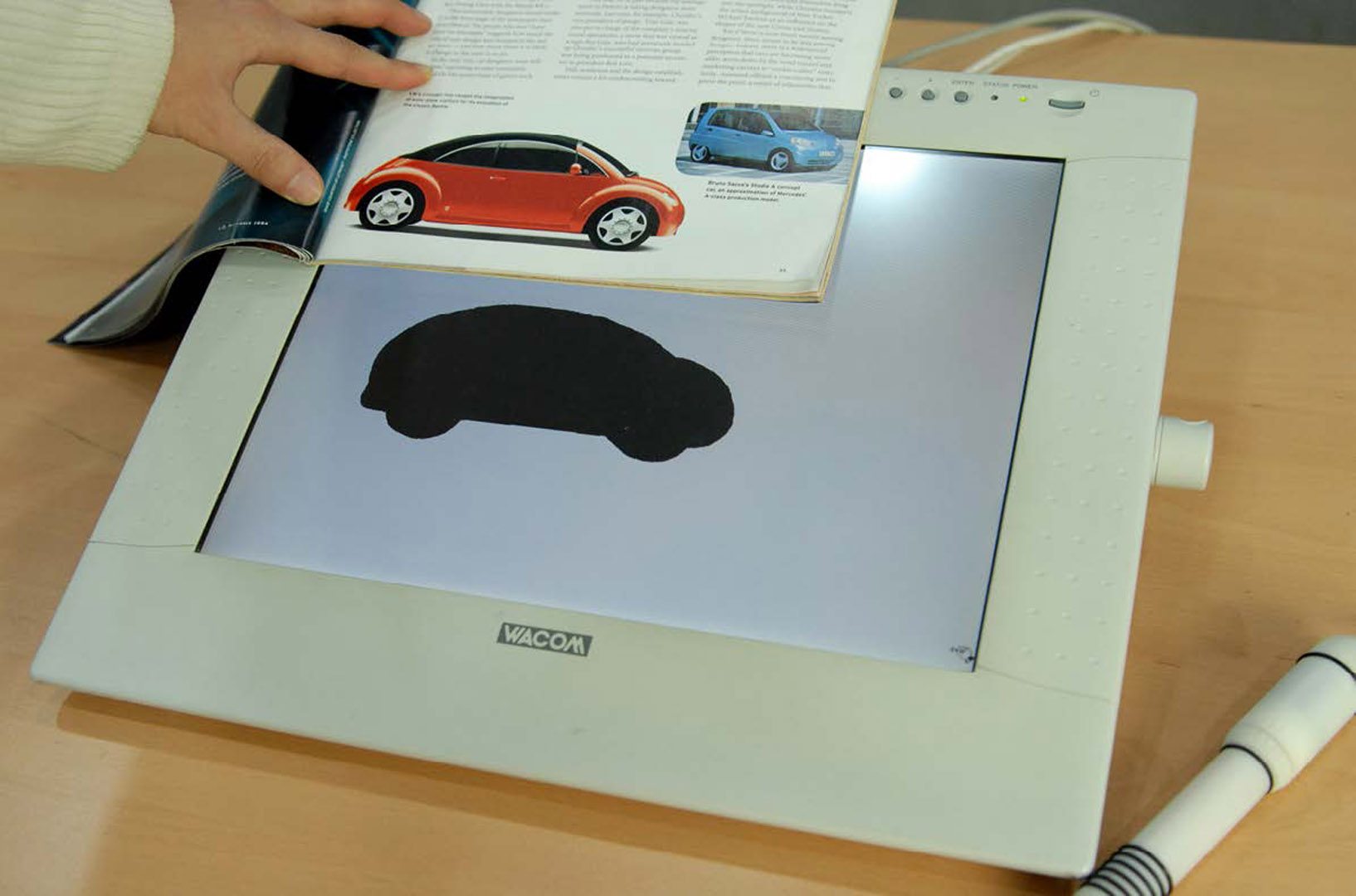
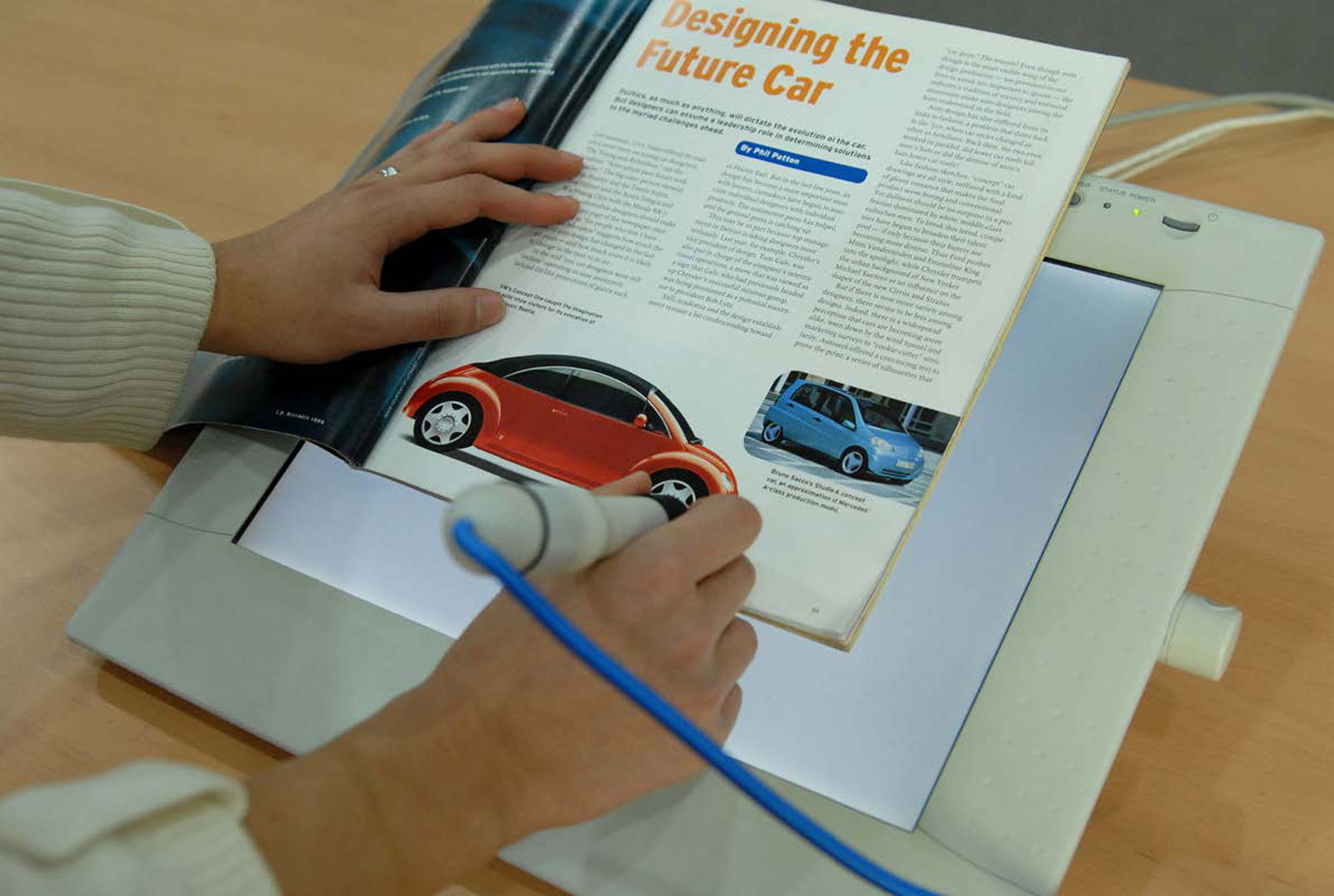
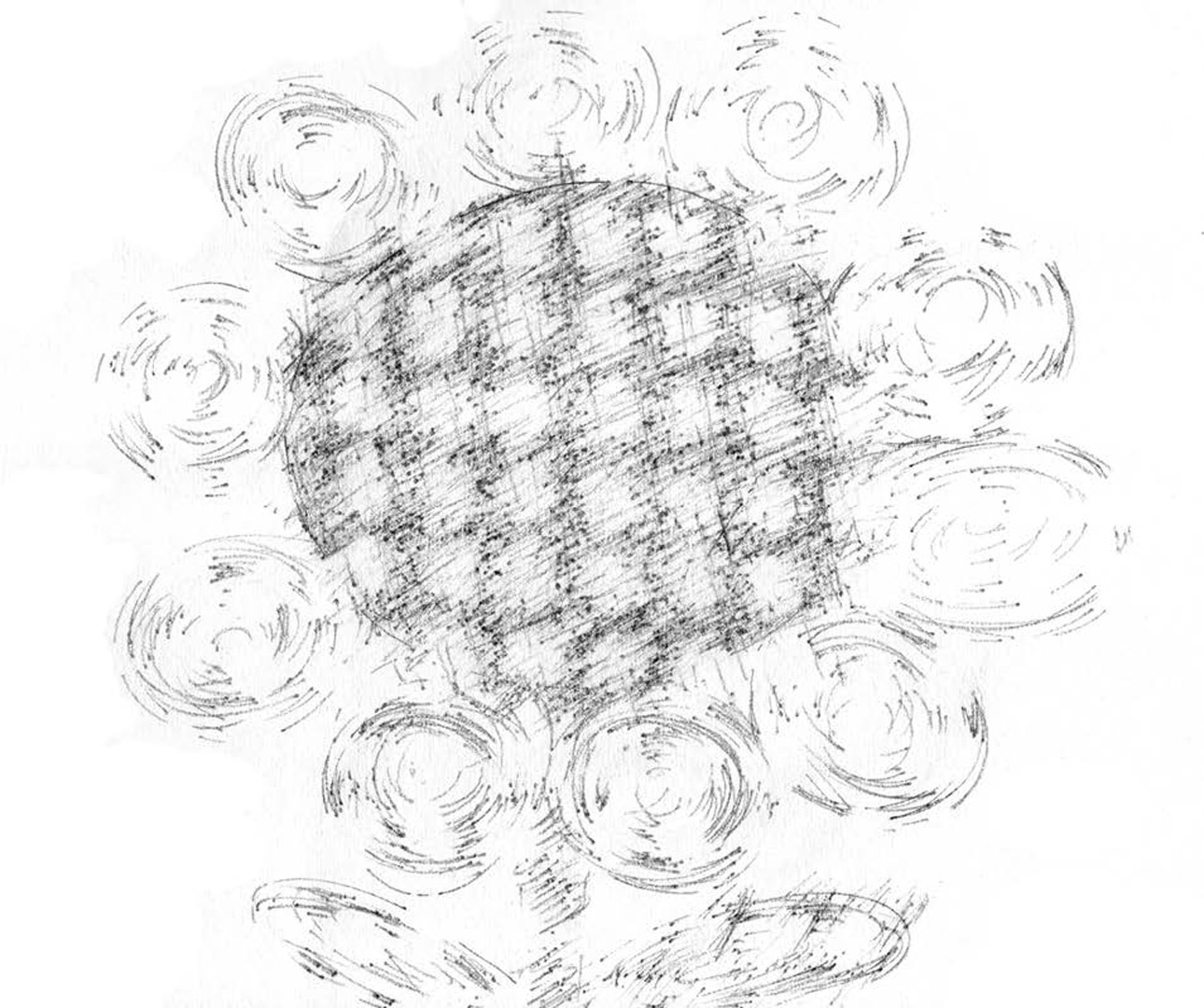
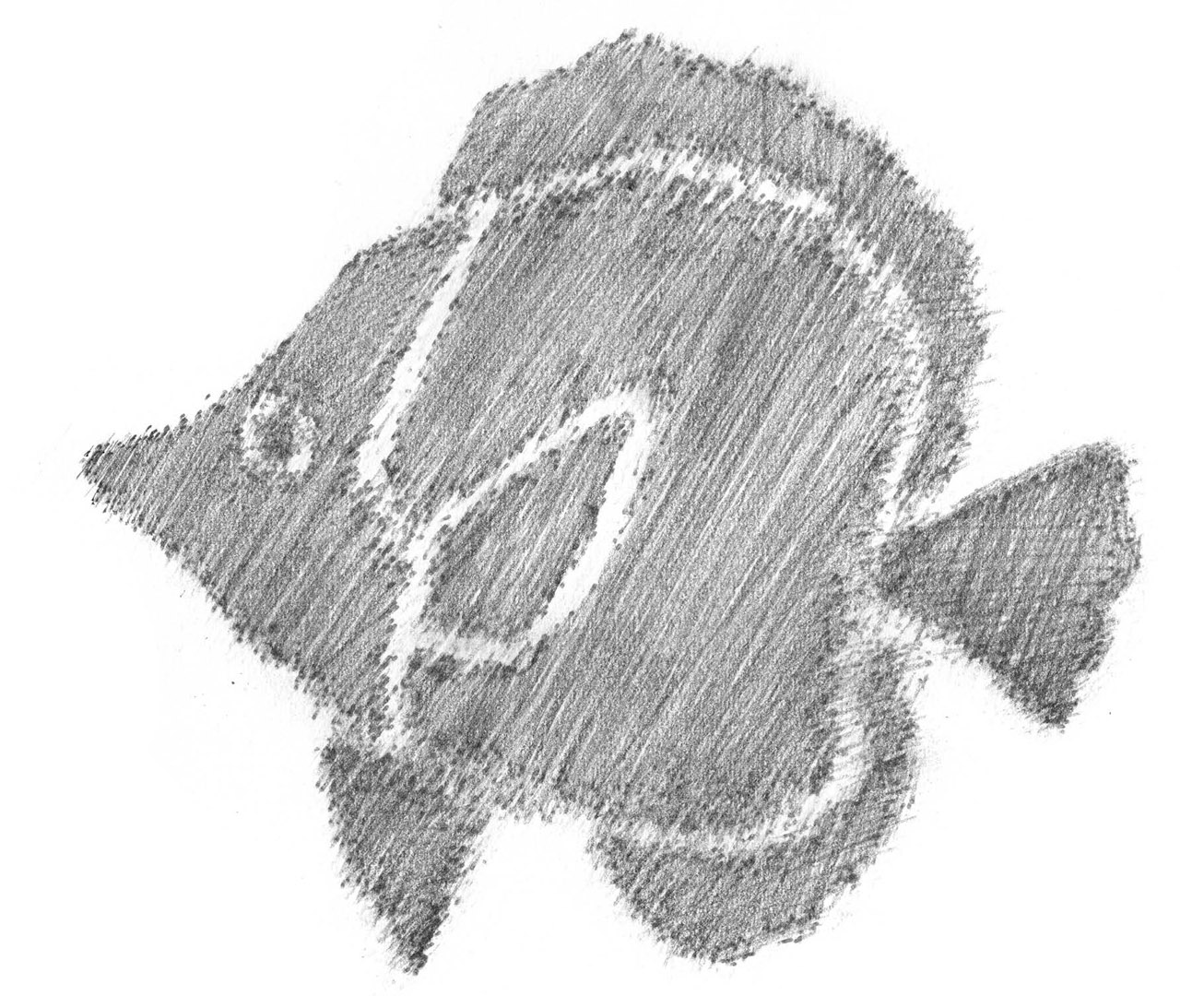
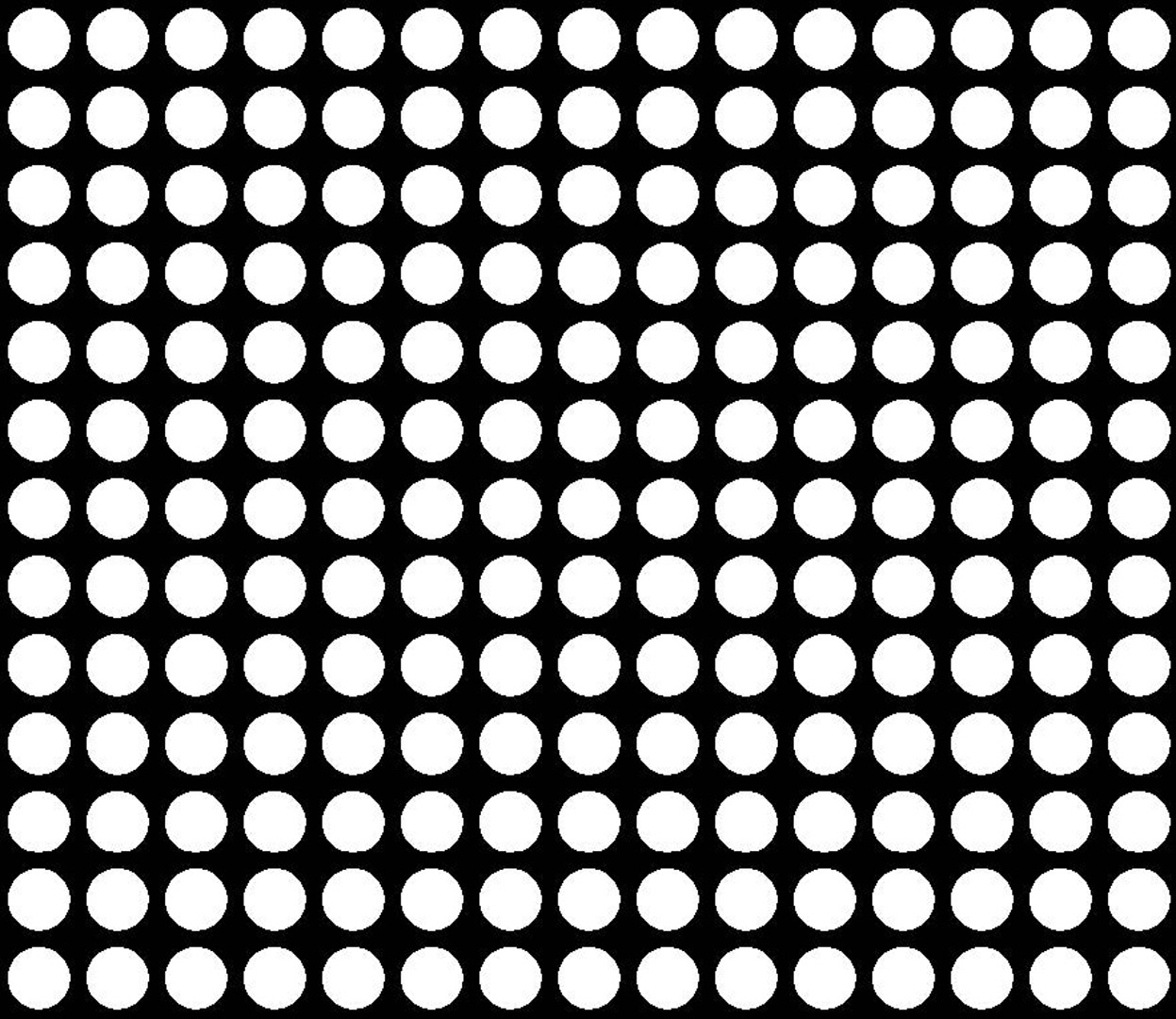

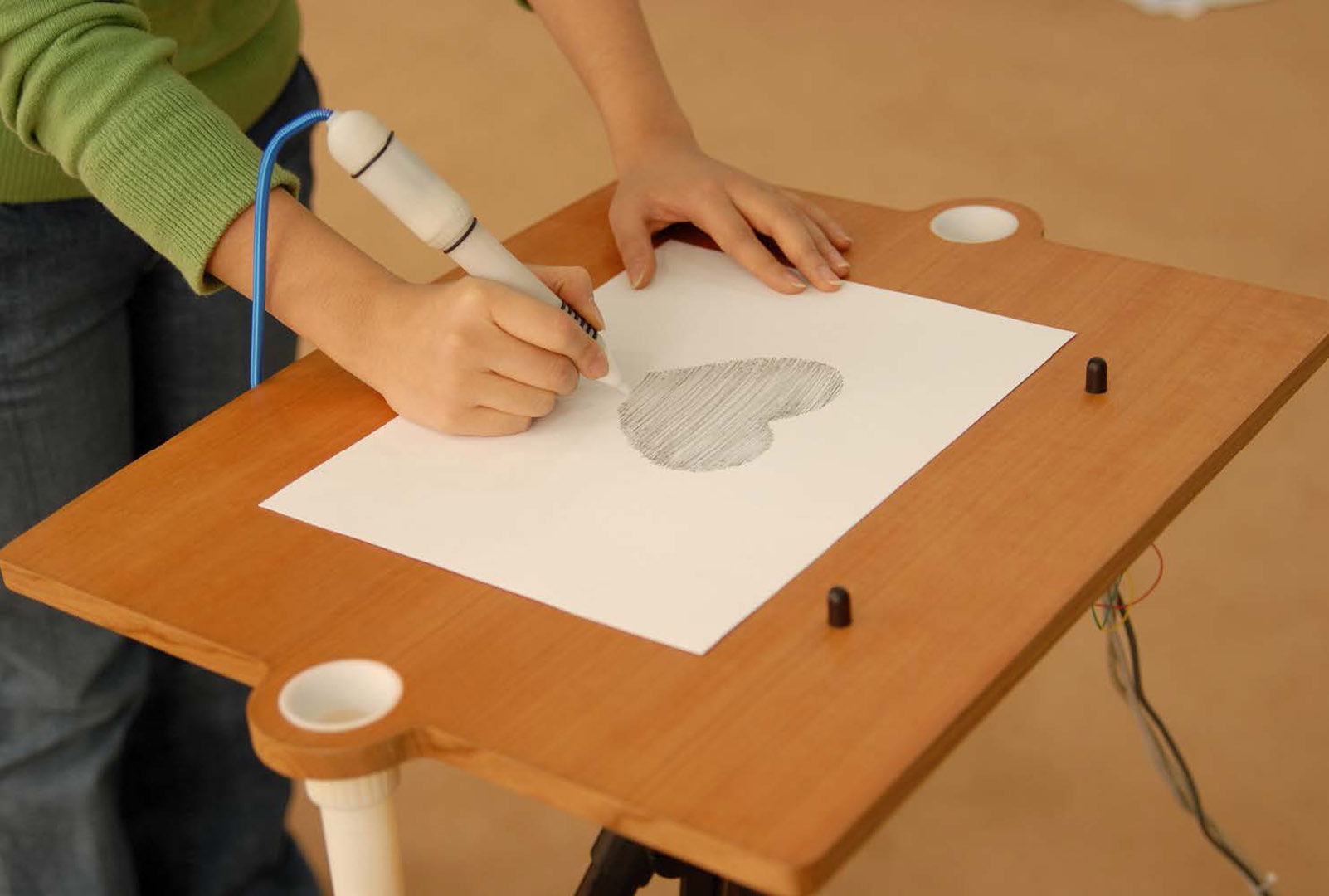
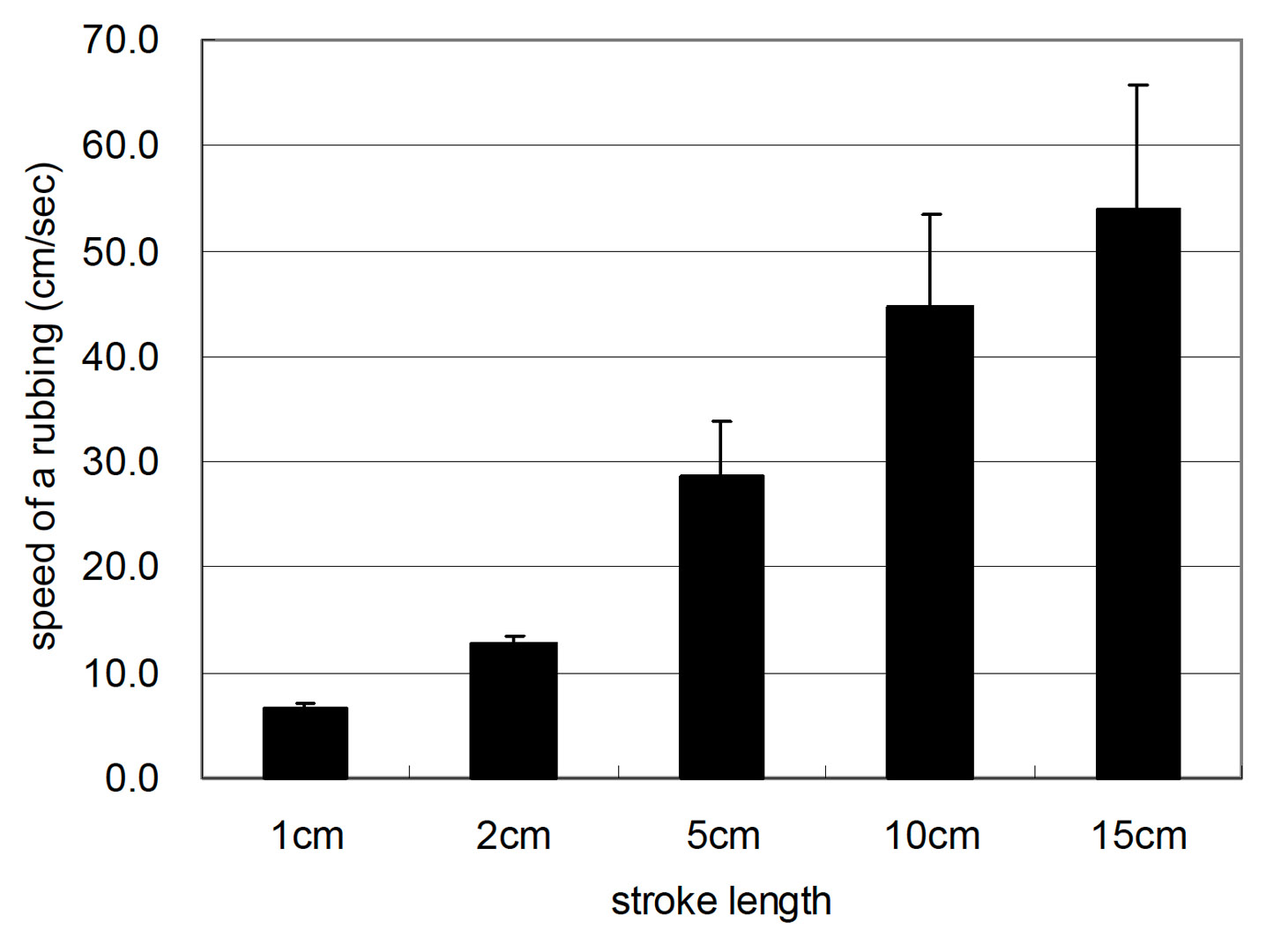
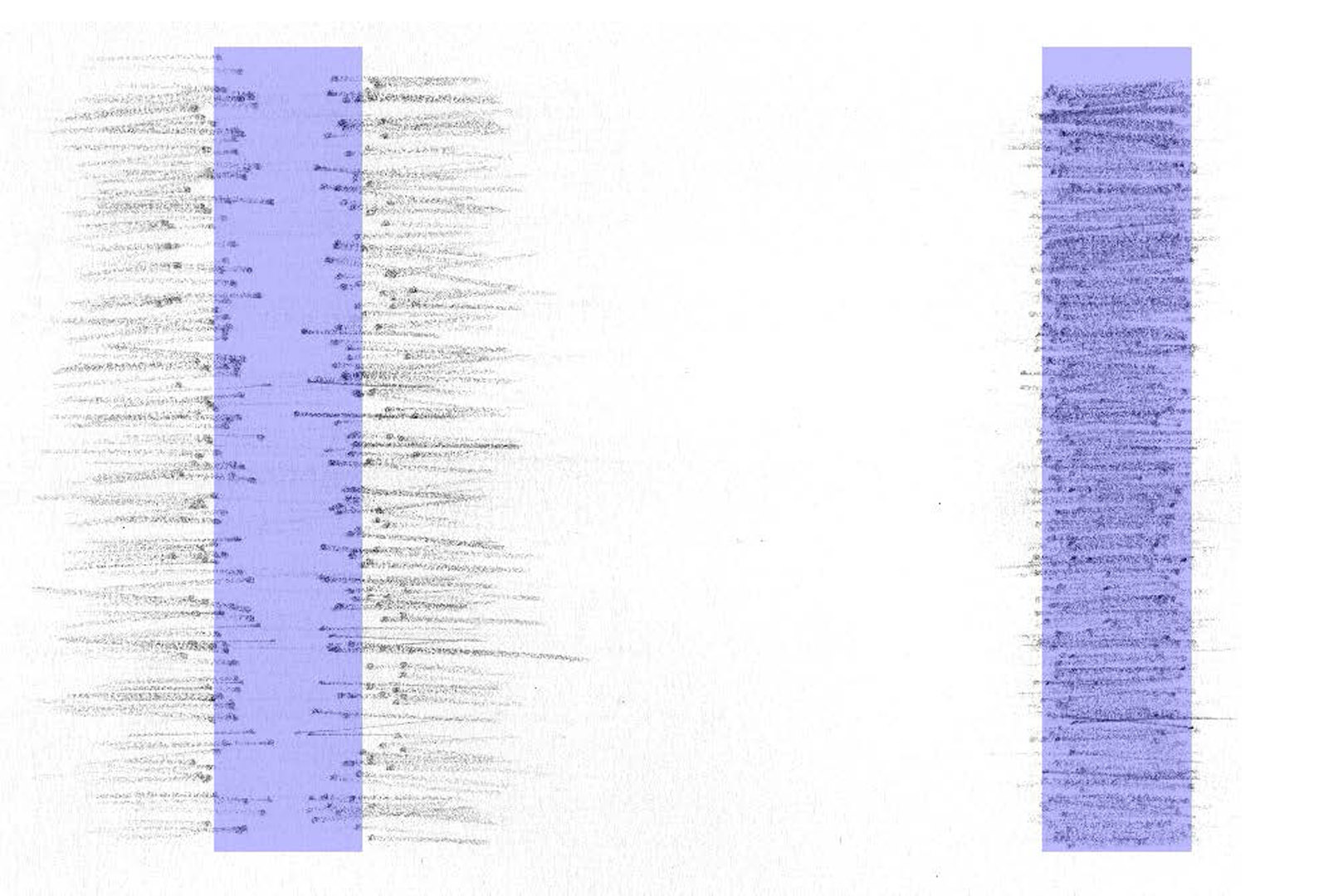
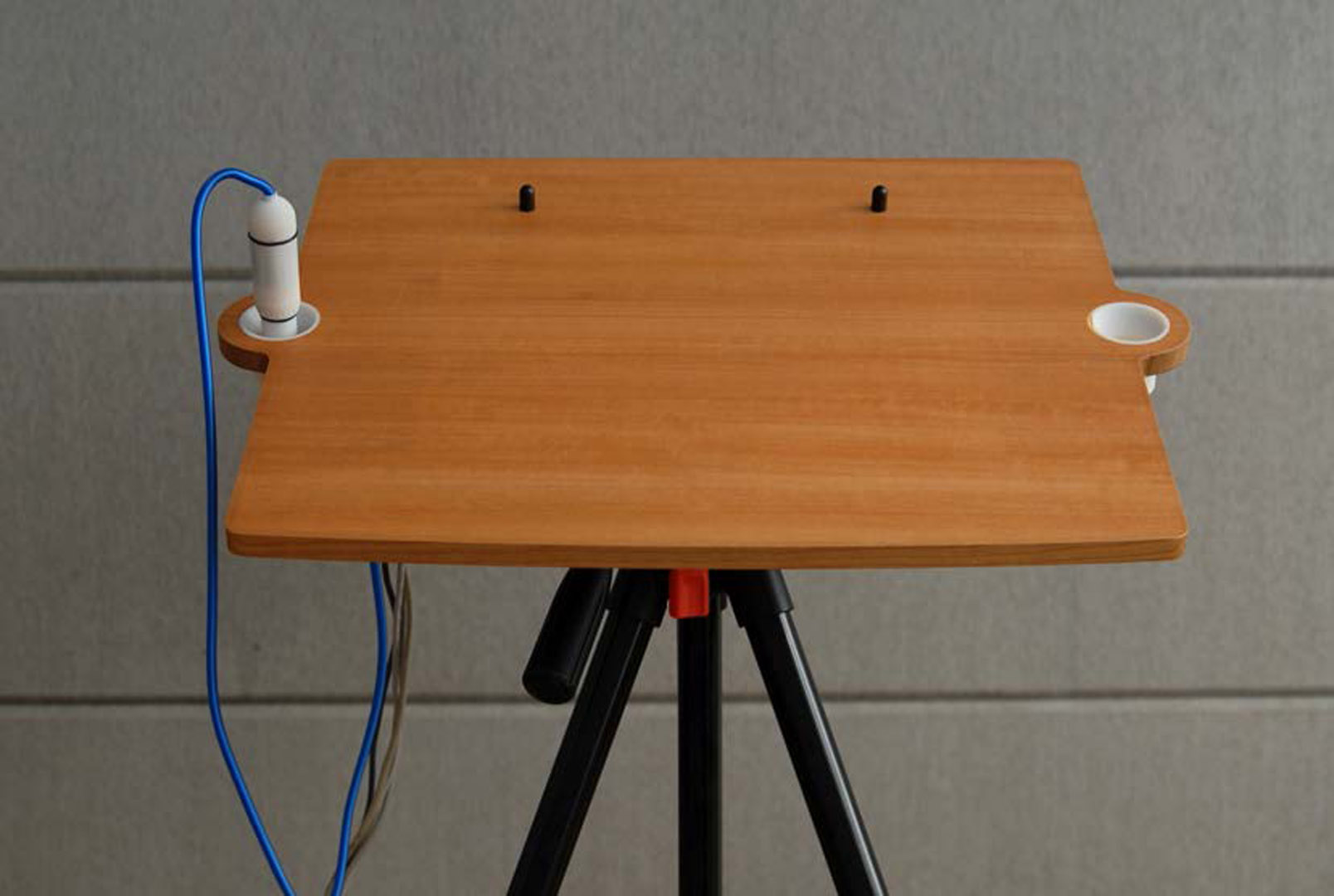
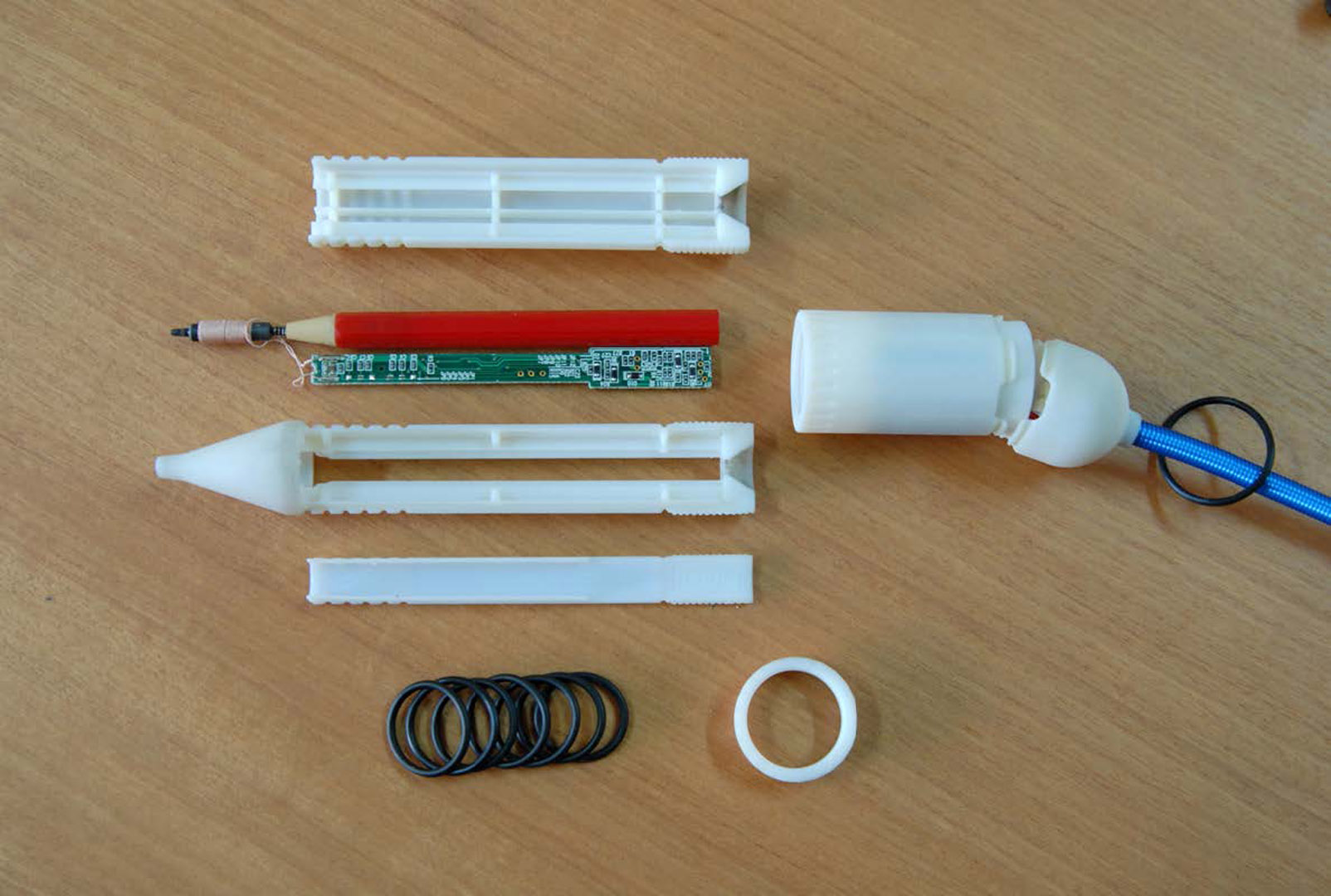
Acknowledgements:
This research was supported by the Ministry of Information and Communication, Korea, under the Digital Media Lab support program supervised by the IITA (Institute of Information Technology Assessment) and BK 21 project. We would also like to thank Minjung Sohn, Sungjin Kim, Junseo Lee, Nari Kim and Yoonnyong Bahk.


